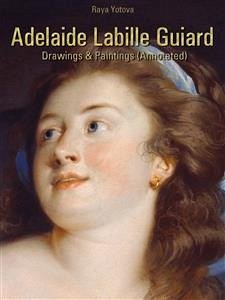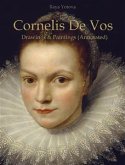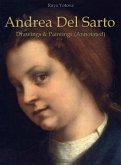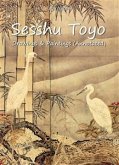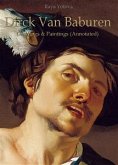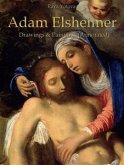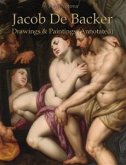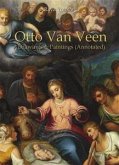The paintings of Labille-Guiard and Vigée-Le Brun are often compared by critics, with Vigée-Le Brun usually receiving more favorable reviews. Labille-Guard's early masterpiece "Self-Portrait with Two Students" is influenced by the style of Vigée-Le Brun. Labille-Guiard's works of art are now considered at least equivalent to or higher than those of Vigée-Le Brun. Under the Patronage of Princess Marie Adélaïde, Labille-Guiard acquired a government pension of 1,000 francs and commissions for drawing the Royal family. These royalties made Labille-Guiard politically unreliable after the French Revolution of 1789, and in 1793 he was ordered to destroy some of his royalist works. However, it was far from conservative and did not resign from the status quo. At the beginning of 1790, Labille-Guiard conducted a campaign to reopen the Academy for Women. At Salon in 1791, she presented portraits of members of the National Assembly, including Maximilien Robespierre and Armand, Duc d'Aiguillon. Labille-Guiard was the first woman to be allowed to create a studio for herself and her students in the Louvre. She continued to exhibit her works in the Salon until 1800. She died on April 24, 1803.

